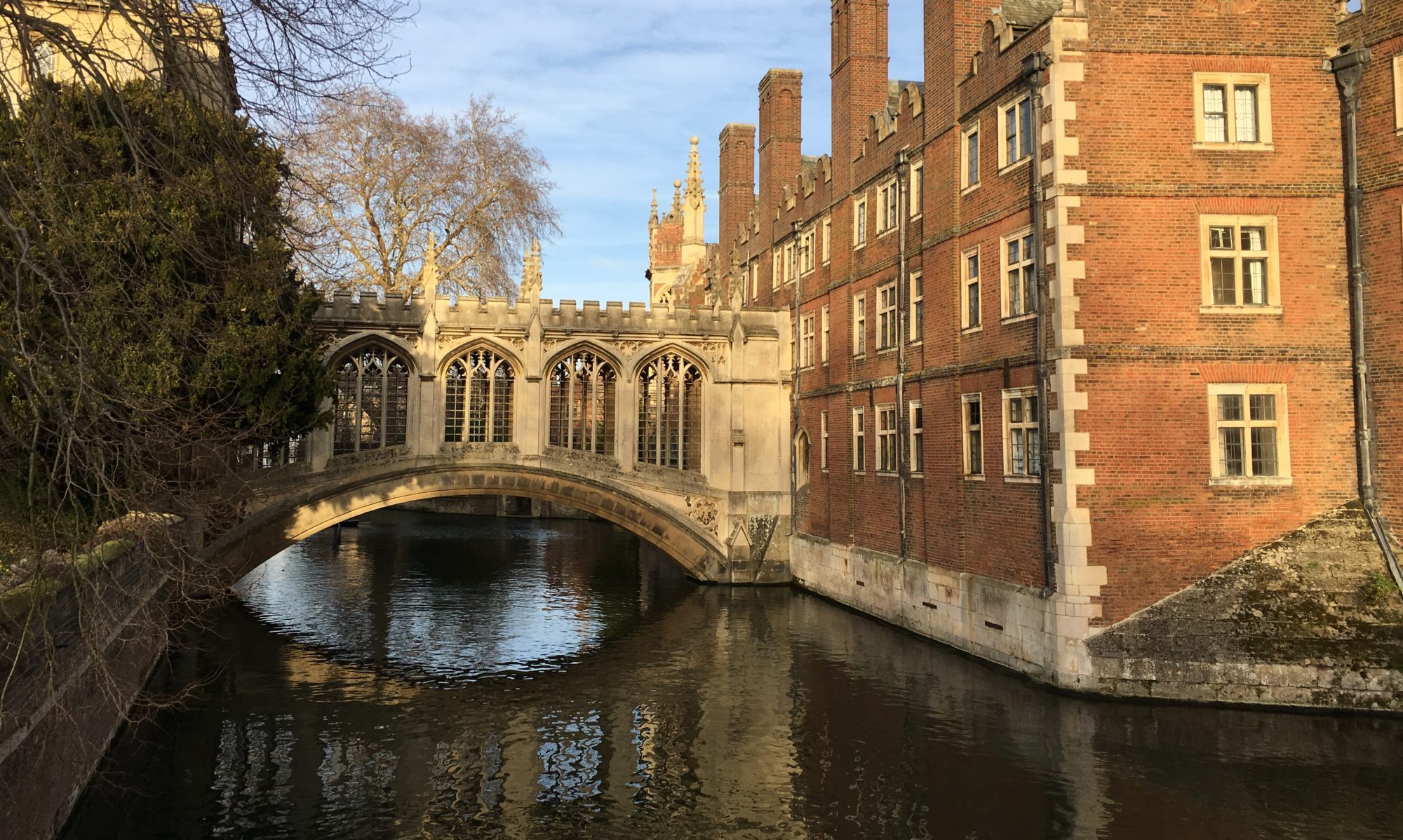Last week I volunteered as a “Science Explainer” for the 175th Anniversary celebration of the Cambridge University Botanic Garden. I wore a bright (bright) orange T-shirt and lanyard and smiled at people as they walked by the chalk grassland and fen displays, trying to judge if they would be open to a chat about native Cambridgeshire ecology. I pointed out the pale brown newts wriggling between lily pads in the fen pond to children scampering over the fen boardwalk, explained how alkaline chalk determines what can grow in chalk soil and chalk-drained fens, apologized for not knowing where to get the next stamp on the Mystery History trail, and chatted about pasqueflowers and orchids. When there was no one around I watched bees on the meadowsweet and listened to the live music filtering through the trees and clashing with the one-man band (the “Pramdemonium”) wheeling around the Garden with bubbles coming out the horns. Festive, to say the least.
Whether or not passersby fully caught on to the reasons for the festivity, the celebration is justified—the Garden has been a dynamic center of botanical science, beauty, and public engagement for a good long while now, thanks to visionary and determined botanists and teachers. And how happy that people can gather here with music, food, kids, and curiosity again after last year’s hiatus!











